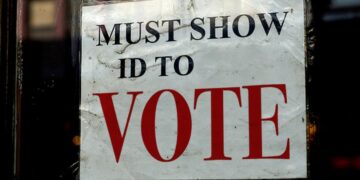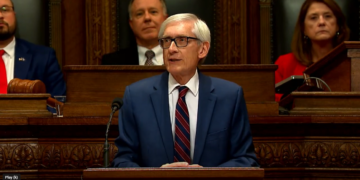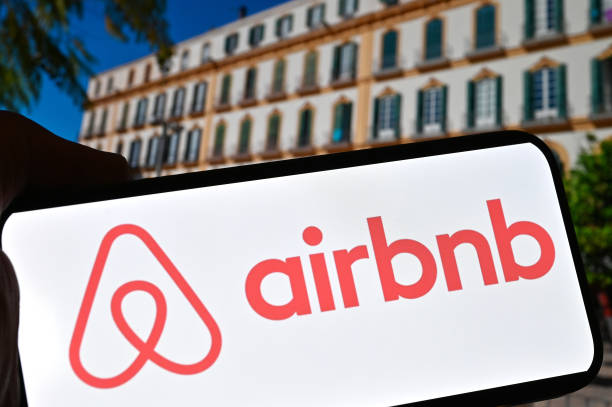Short-term rentals (STRs), once hailed as a golden opportunity for passive income and high returns, are now facing significant challenges that are leaving many recent investors in a tough spot. The allure of purchasing STR properties in the post-COVID era of high interest rates has not panned out as expected for many. The combination of high property prices, rising interest rates, escalating operational costs, and inflation is creating a perfect storm for STR investors.
Investors who bought into the STR market during the post-pandemic boom did so at a time when rental incomes were inflated. Many people who purchased STRs as investments in 2022 and 2023, based on rental prices from 2020 to 2022, are now facing significant financial difficulties. A lot of money flooding into the market led many inexperienced and overly eager investors to jump in, buying properties at overly high prices. Now realizing the cash flow on the property is not as expected, many are stuck with cash flow negatives and a property they can’t sell without dramatic price reductions.
However, the reality of 2024 has seen a reversion to pre-pandemic income levels, which many investors were unprepared for. Properties purchased at high prices, financed at interest rates between 7-9%, are now yielding lower than anticipated returns. This financial strain is exacerbated by the expenses associated with running an STR, including utilities, internet, maintenance, and more. These costs erode the gross rental income, leaving many investors with much slimmer profit margins and cash flow issues.
High Inflation has a profound impact on the economy, influencing everything from the cost of goods and services to the overall cost of living. For STR hosts, inflation translates into higher expenses for maintenance, utilities, and everyday operational costs. The soaring interest rates, a response by the Federal Reserve to curb inflation, have made borrowing far more expensive. Investors who financed their properties at high-interest rates are now facing steep monthly payments.
Running an STR is not as effortless as it might appear. Unlike traditional long-term rentals, STRs require constant management and maintenance. Hosts are responsible for ensuring the property is clean, well-maintained, and compliant with STR companies like Airbnb standards. This level of involvement can be overwhelming, especially for those new to real estate investment and for investors with day jobs.
Quality control is another major issue. Without a standard for cleanliness and guest behavior, hosts can face challenges with property damage, guest complaints, and negative reviews. These factors not only add to the workload but can also lead to increased liability and insurance costs.
Investing in the wrong area can also be a serious mistake. Many new investors fail to conduct thorough market research, leading them to invest in oversaturated areas with fierce competition and lower occupancy rates. Additionally, not all locations are equally profitable; some areas may have seasonal demand or regulatory restrictions that limit potential earnings.
One of the significant drawbacks of STR compared to traditional rentals is the unpredictability of income. While landlords of long-term rentals can generally rely on consistent monthly rent, STR hosts face fluctuating income that can vary significantly from month to month. This lack of stability makes it difficult to budget and plan for expenses, adding another layer of risk to the investment.
Those considering entering the STR real estate market may want to proceed with caution. The current economic climate, marked by high-interest rates and inflated property prices, coupled with the operational demands and risks of STRs, makes it a challenging time to invest. Inflation further exacerbates these challenges by increasing the cost of maintaining and running an STR. While some savvy investors may still find profitable opportunities, the trend suggests that many who bought into the market recently are facing substantial financial difficulties.





























